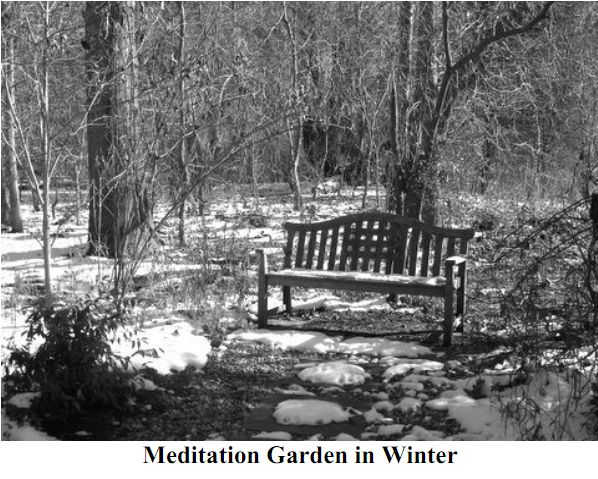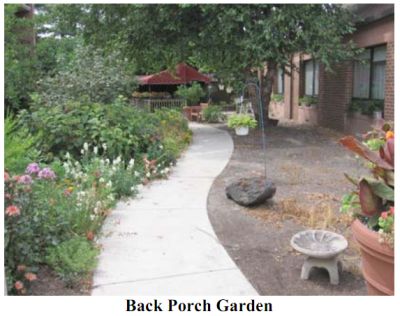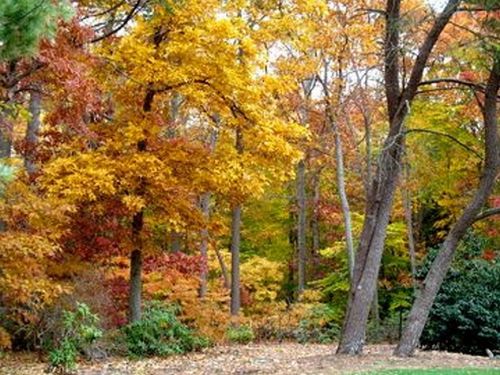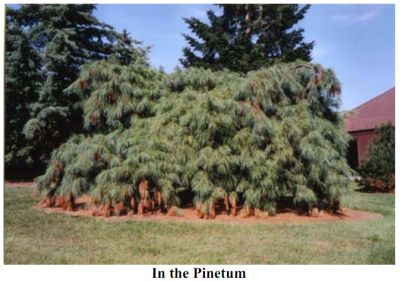IN THE BEGINNING
In 1911, a boarding home for elderly ladies was opened in Haddonfield, New Jersey. It was a three-story house across the street from the Friends’ cemetery and the Haddonfield Friends School, near the Haddonfield Meeting. Next door was the library, where some of the ladies borrowed books and volunteered. The home was managed by a group of Friends (Quakers) who named it “The Estaugh,” after John Estaugh, an early Friend.
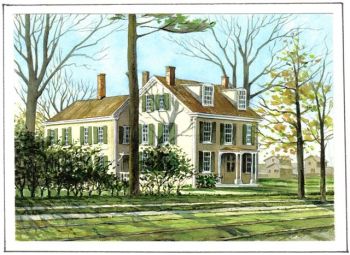
The Estaugh
in Haddonfield - Watercolor by Todd Butler
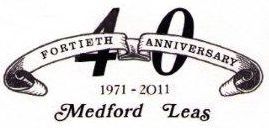
A
Century Ago
1911 Estaugh Boarding Home opened
1971
Medford Leas opened
1972 Community Building opened
1973 John Estaugh Building opened
1975 Elizabeth Haddon Pavilion opened
1976 John Woolman Building opened
1980 Lewis W. Barton Arboretum designated
1984 Rushmore opened
1985 Woolman Commons opened
1986 New Auditorium opened
1987 New Library opened
1988 Bridlington opened
1988 Nature Center built
1994 Coffee Shop opened
1999 Lumberton Leas opened
2003 New Fitness Center opened
2007 New Arts and Social Wing opened
2008 Atrium and Gift Shop renovated
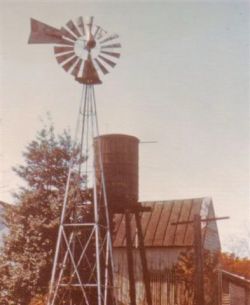
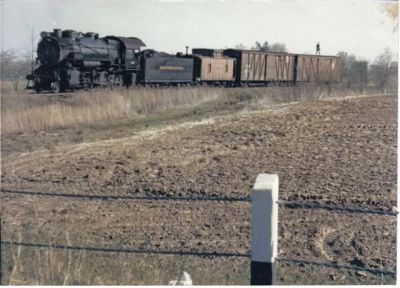
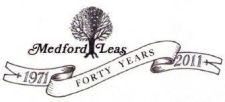
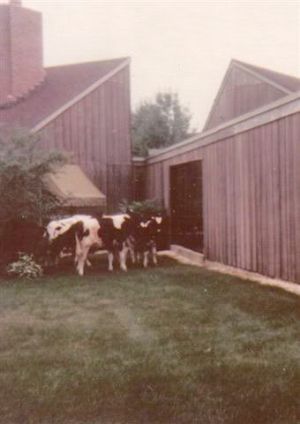
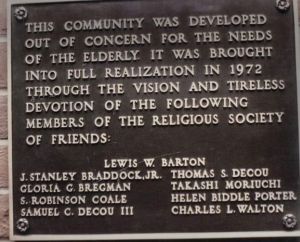


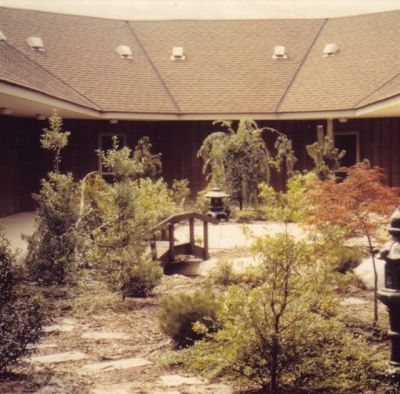
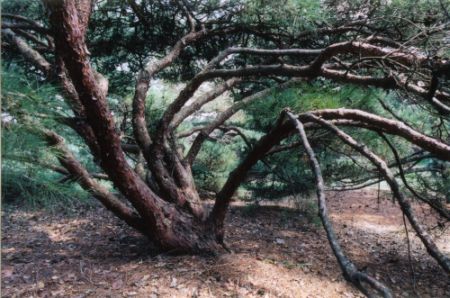
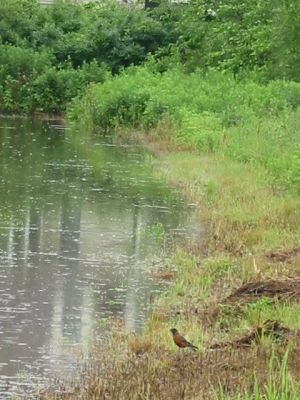 \
\
